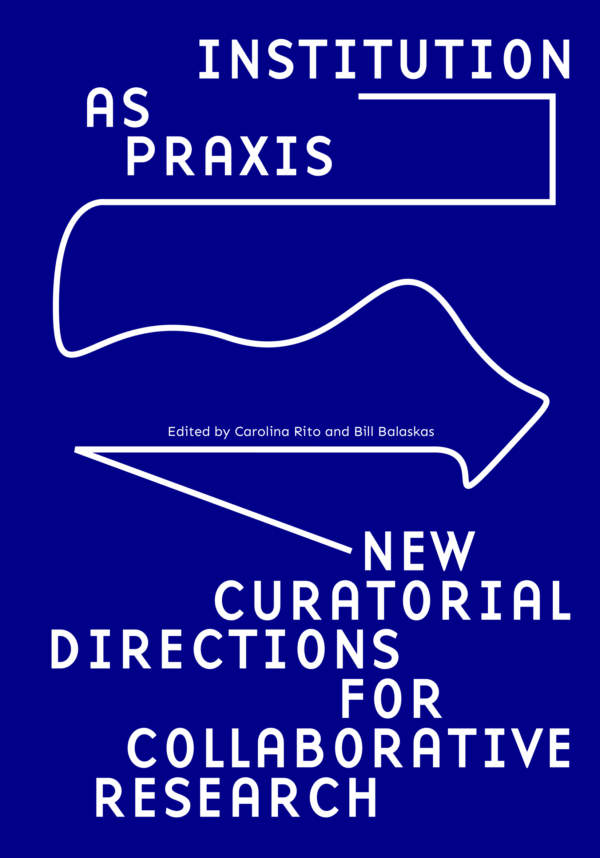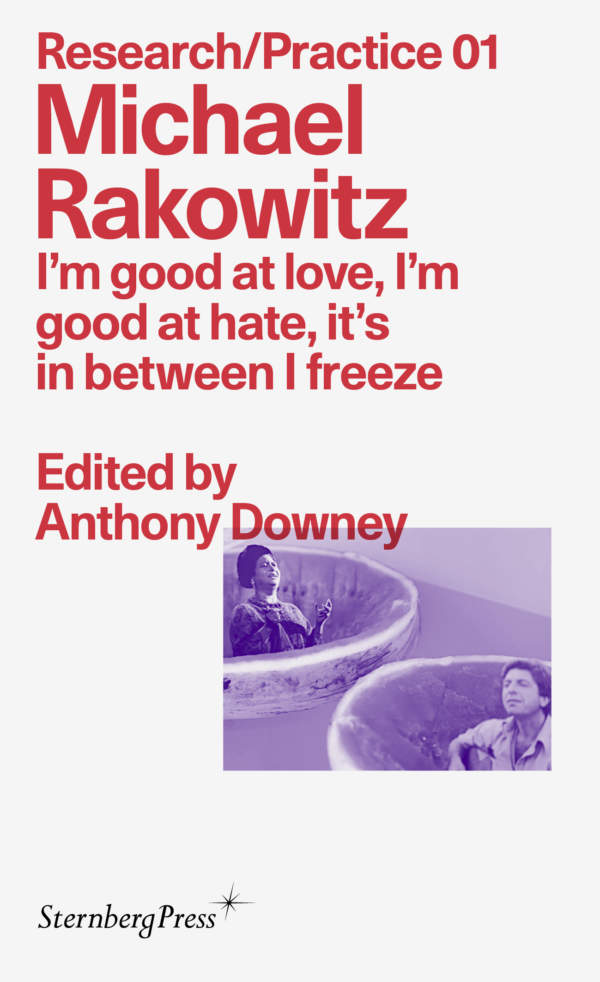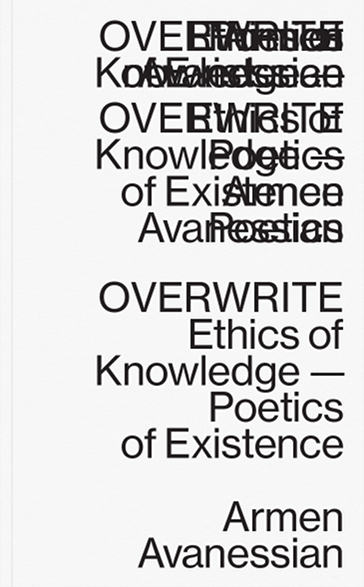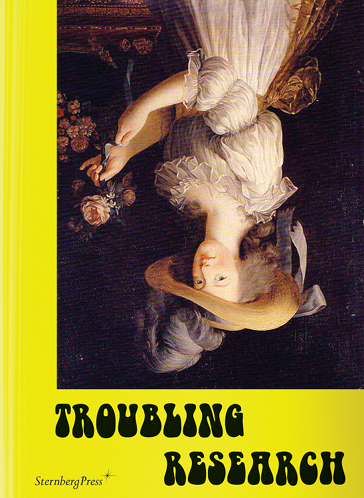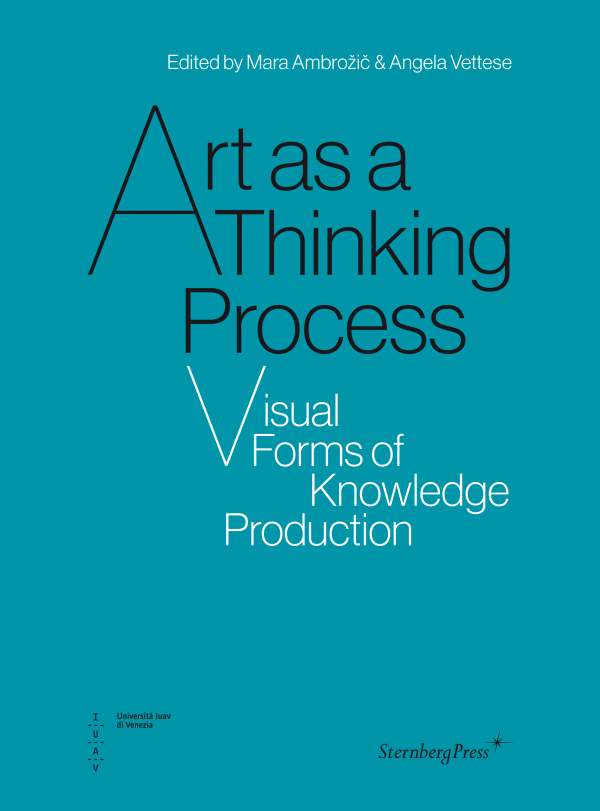Your cart is currently empty.
Cart
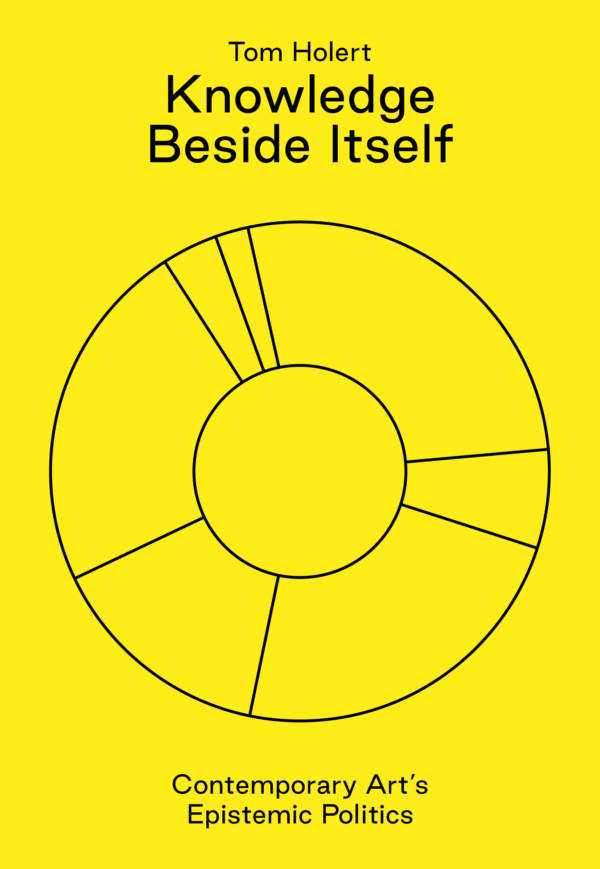
Knowledge Beside Itself
Contemporary Art’s Epistemic Politics
What is the role and function of contemporary art in economic and political systems that increasingly manage data and affect? Knowledge Beside Itself delves into the peculiar emphasis placed in recent years, curatorially and institutionally, on notions such as “research” and “knowledge production.” Considered as a specific, expansive mode of the culture industry, contemporary art is viewed here as a strategic bet on the social distinctions and value extractions made possible by claiming a different, novel access to “knowledge.” Contemporary art’s various liaisons with the humanities and the social and natural sciences, as well as its practitioners’ frequent embeddedness within transdisciplinary research environments and educational settings, have created a sense of epistemo-aesthetic departure, which concurs with the growing relevance of art as conduit or catalyst of knowledge.
Discussing the practice of artists such as Christine Borland, Tony Chakar, Natascha Sadr Haghighian, Adelita Husni-Bey, Jakob Jakobsen, Claire Pentecost, and Pilvi Takala, writer and curator Tom Holert submits the gambit of conceptualizing contemporary art as an agent of epistemic politics to a genealogical analysis of its political-economic underpinnings in these times of cognitive capitalism, machine learning, and a renewed urgency of epistemological disobedience.
Tom Holert is a writer and curator. In 2015 he cofounded the Harun Farocki Institut in Berlin, a platform for research and production departing from the example set by Farocki. With Anselm Franke he curated the 2018 exhibition “Neolithic Childhood: Art in a False Present, c. 1930” at Haus der Kulturen der Welt, Berlin. “Education Shock,” a research and exhibition project at Haus der Kulturen der Welt on the spatial politics of education in the global 1960s and 1970s, opens in April 2021.
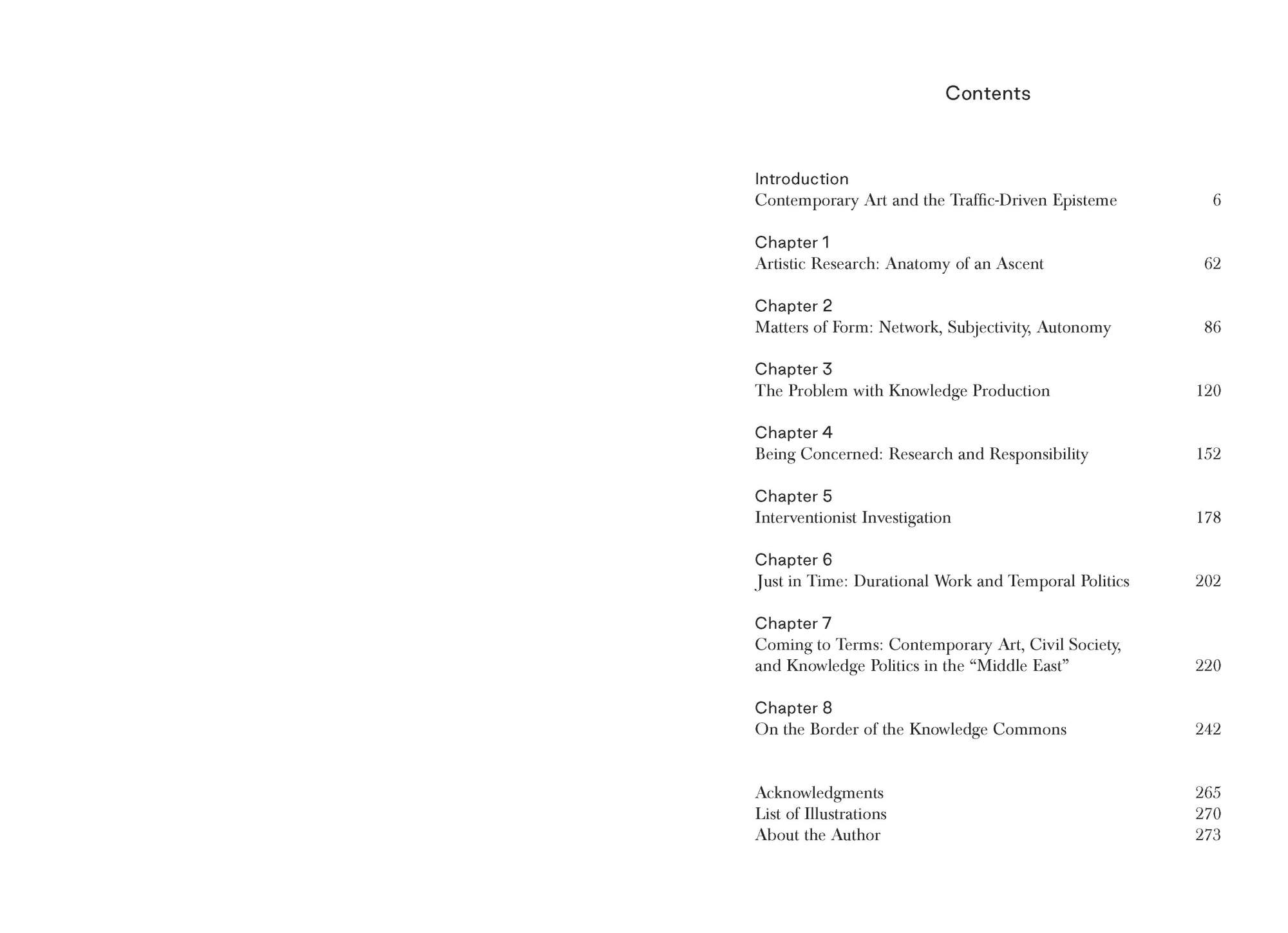
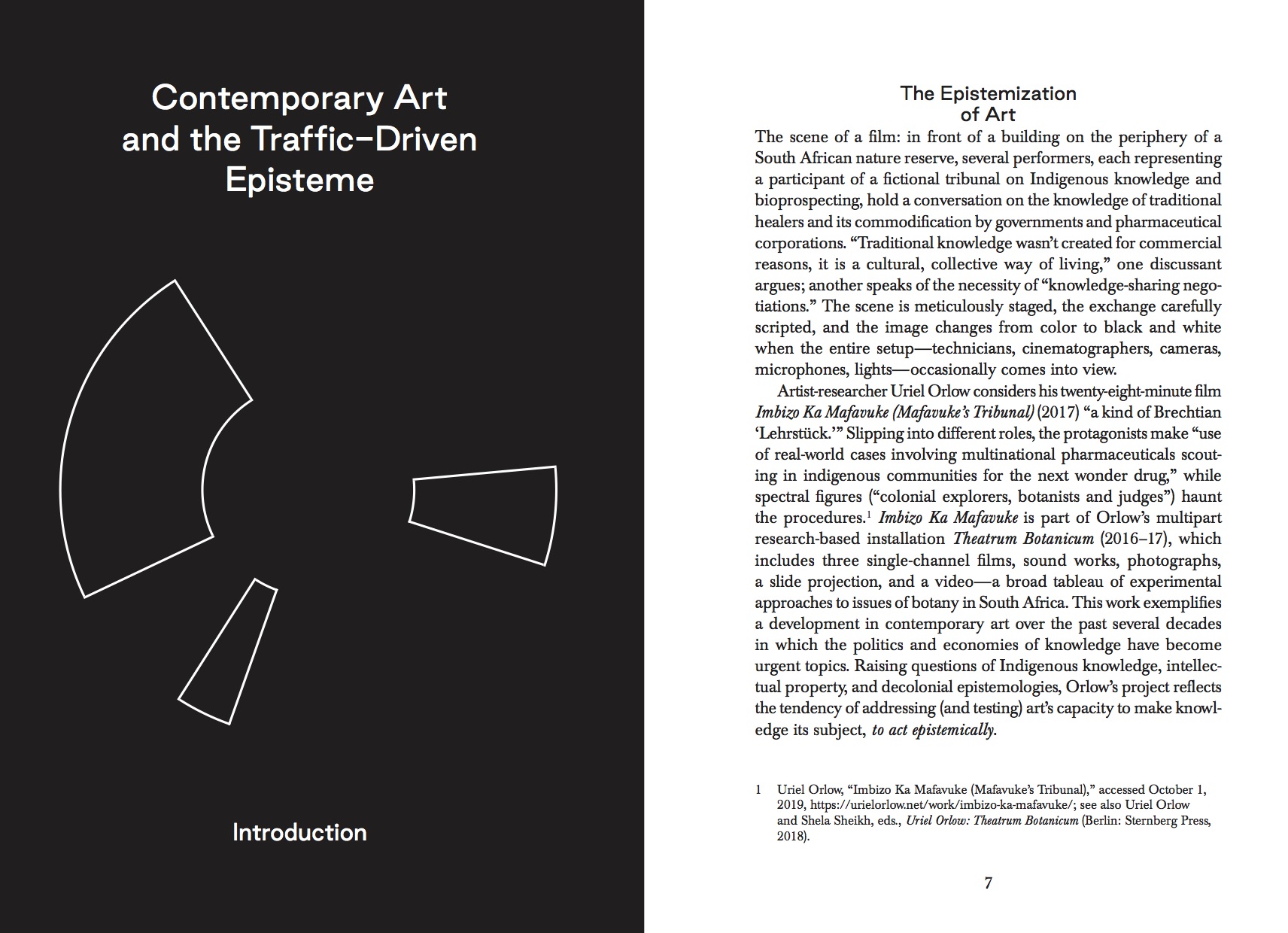
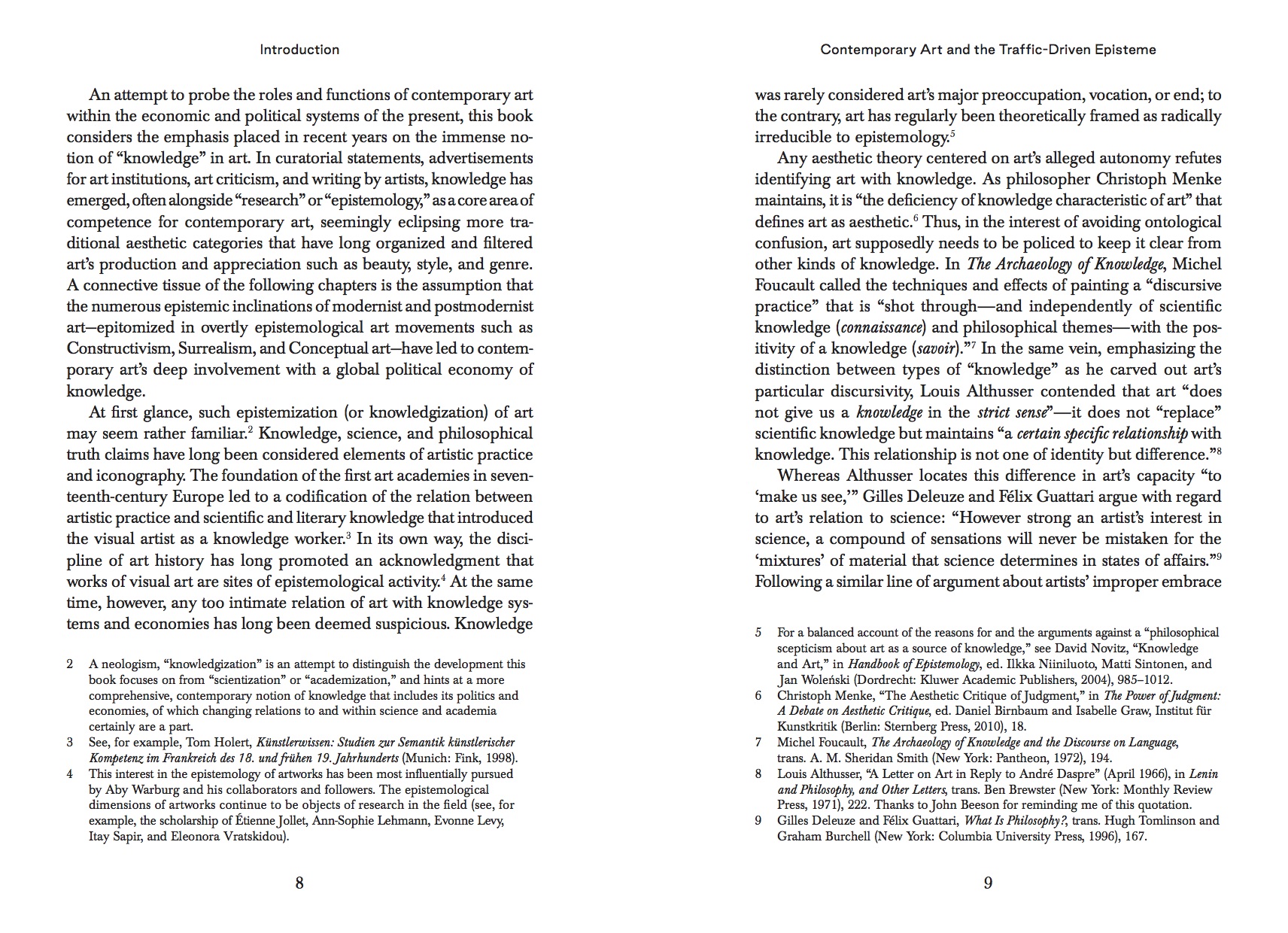
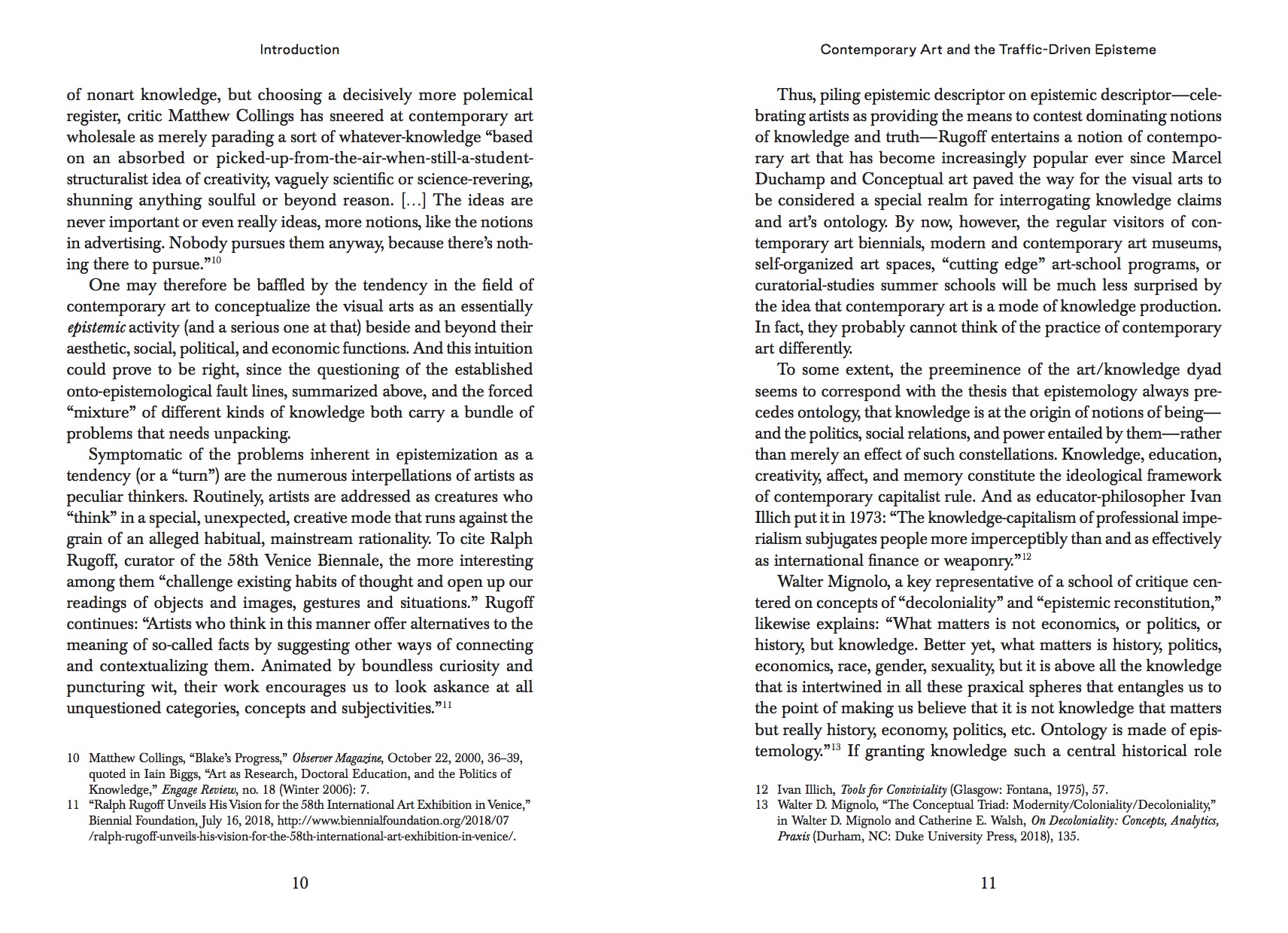
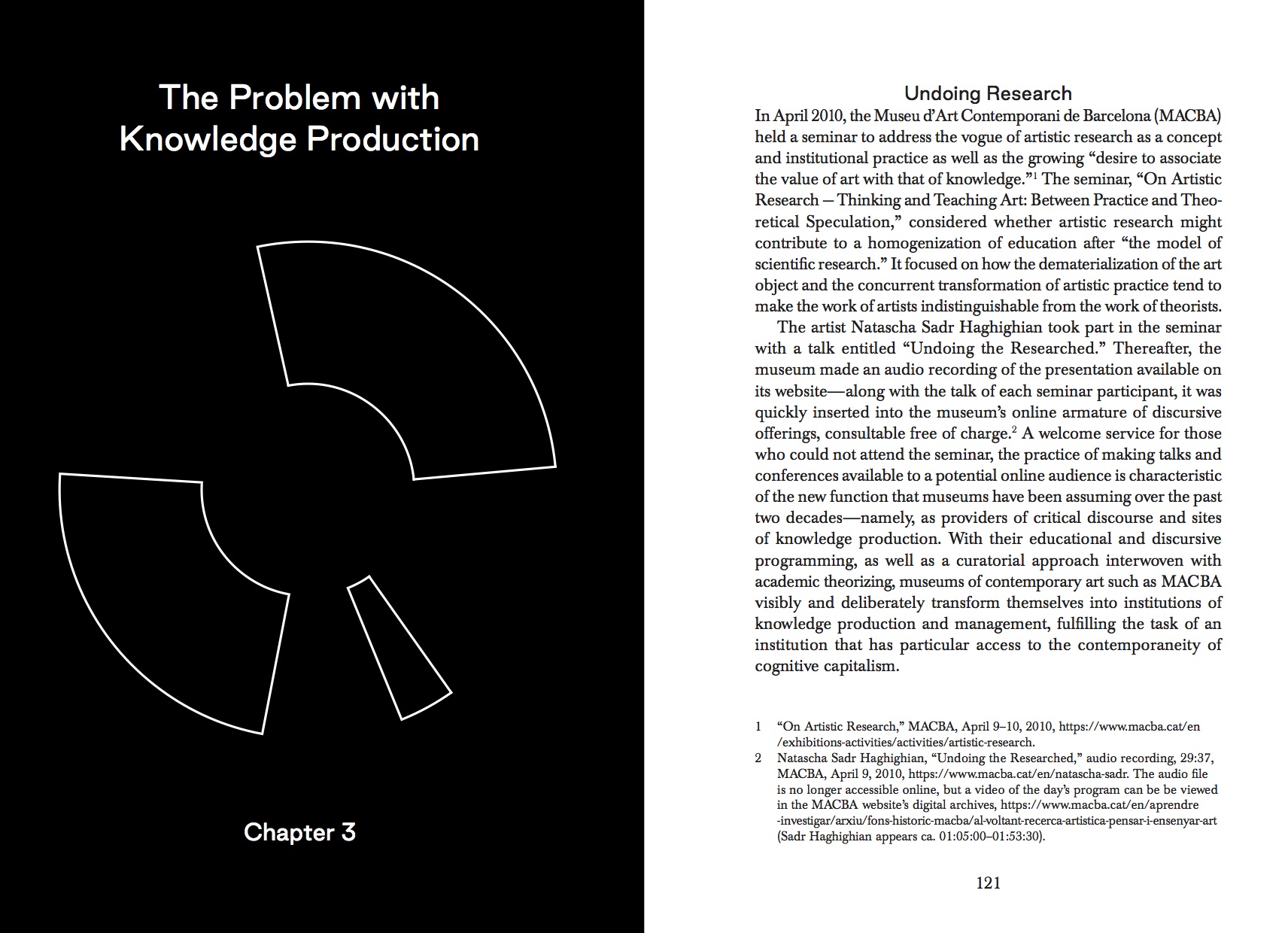
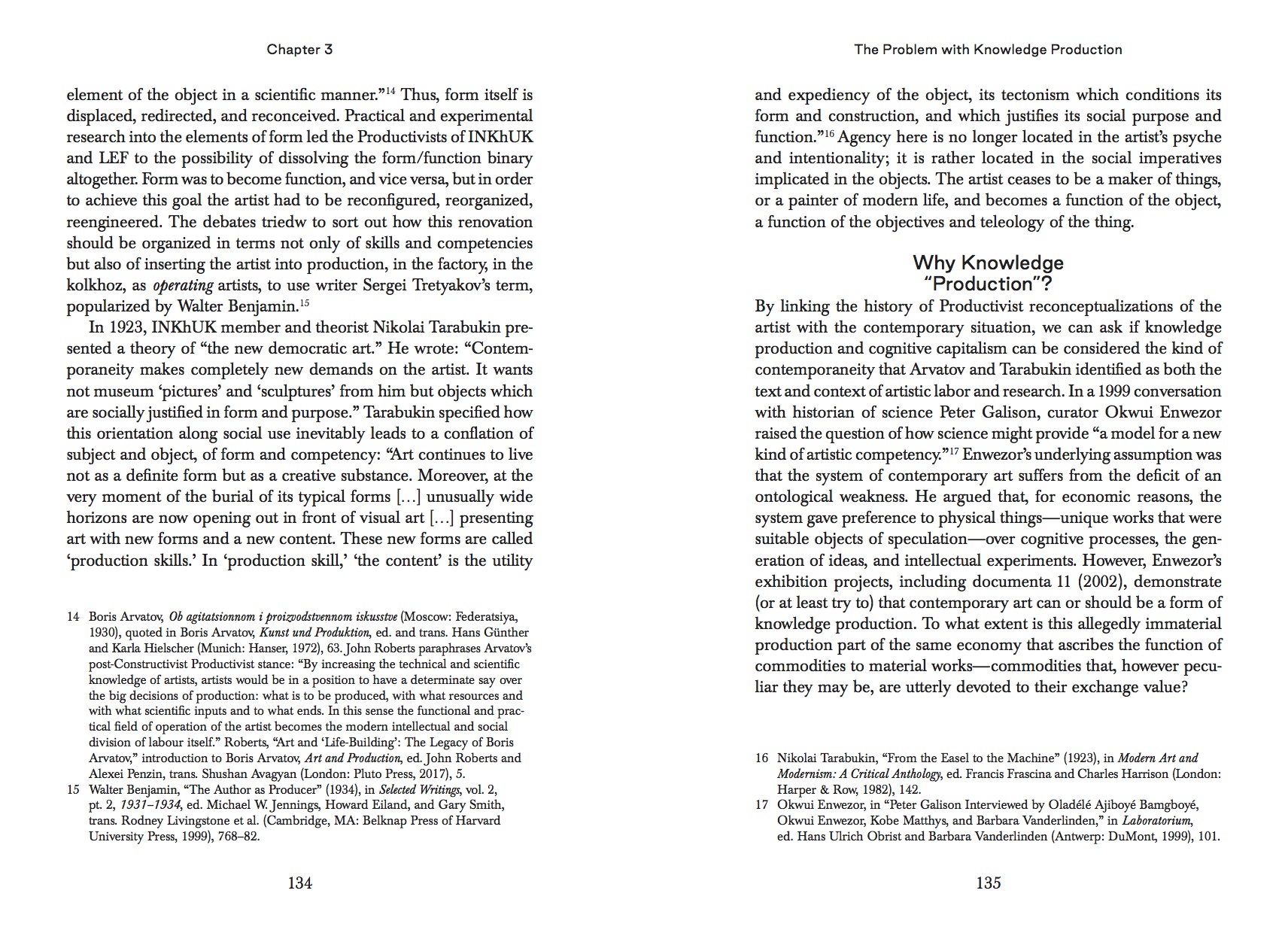
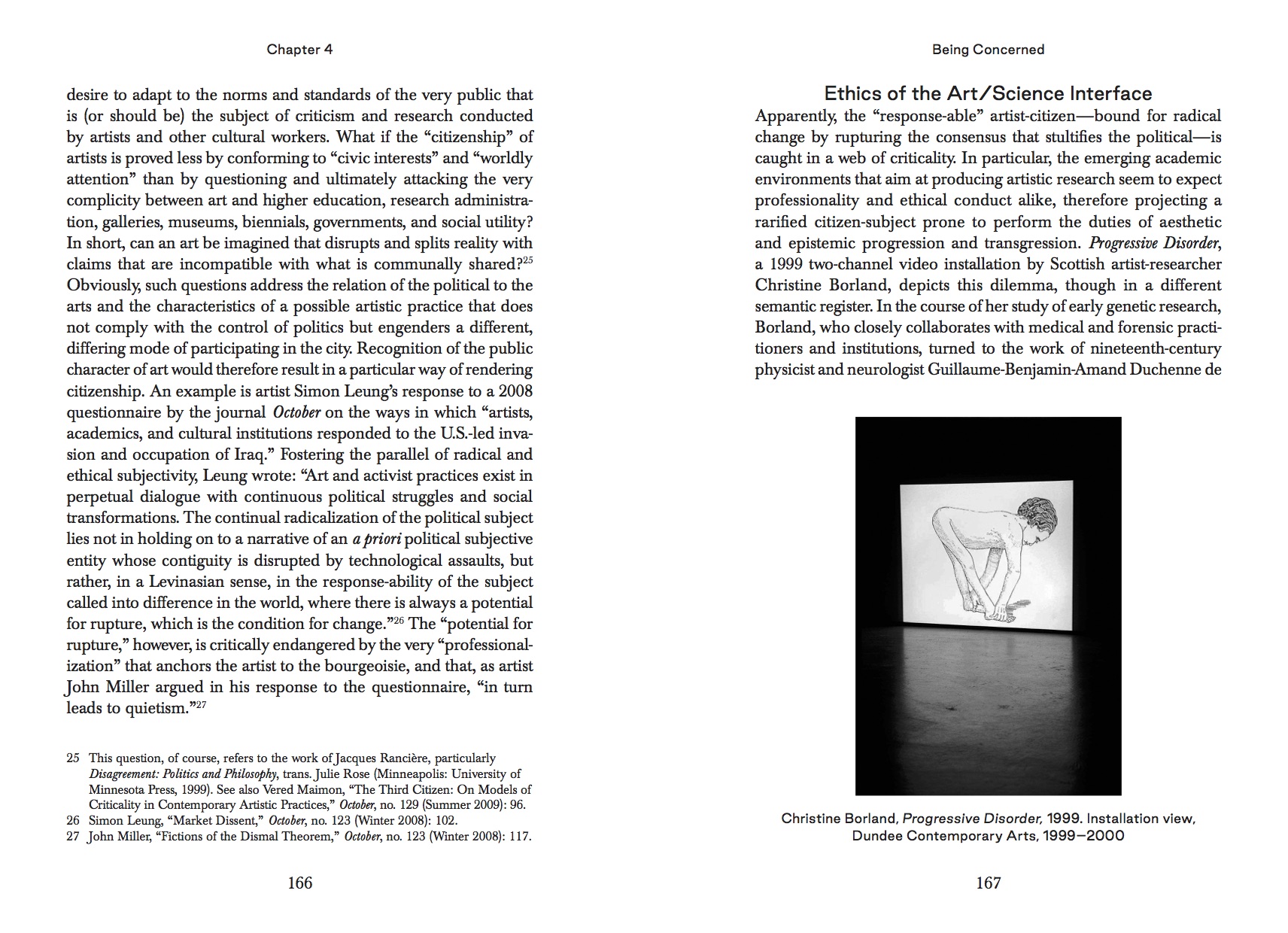
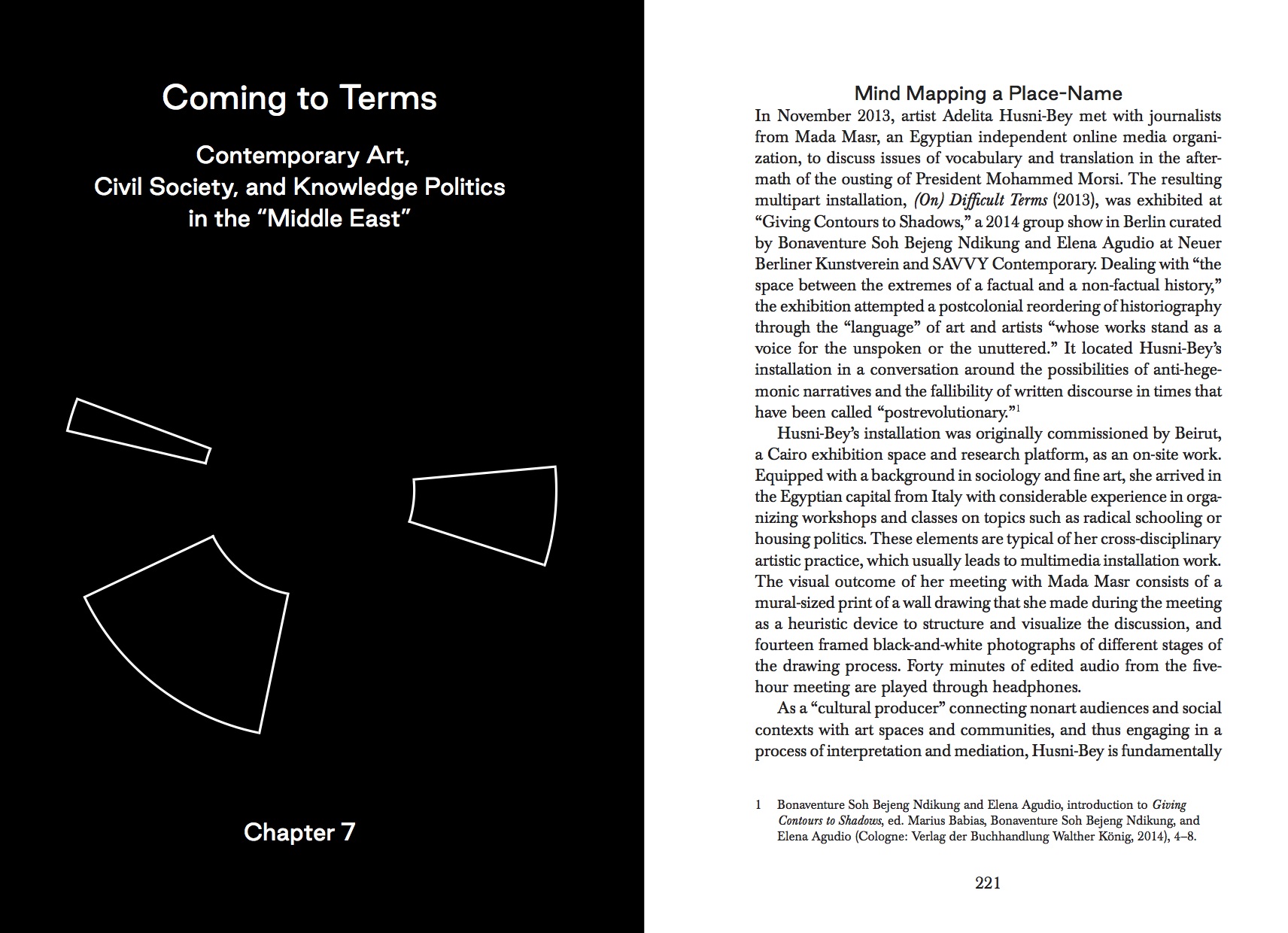
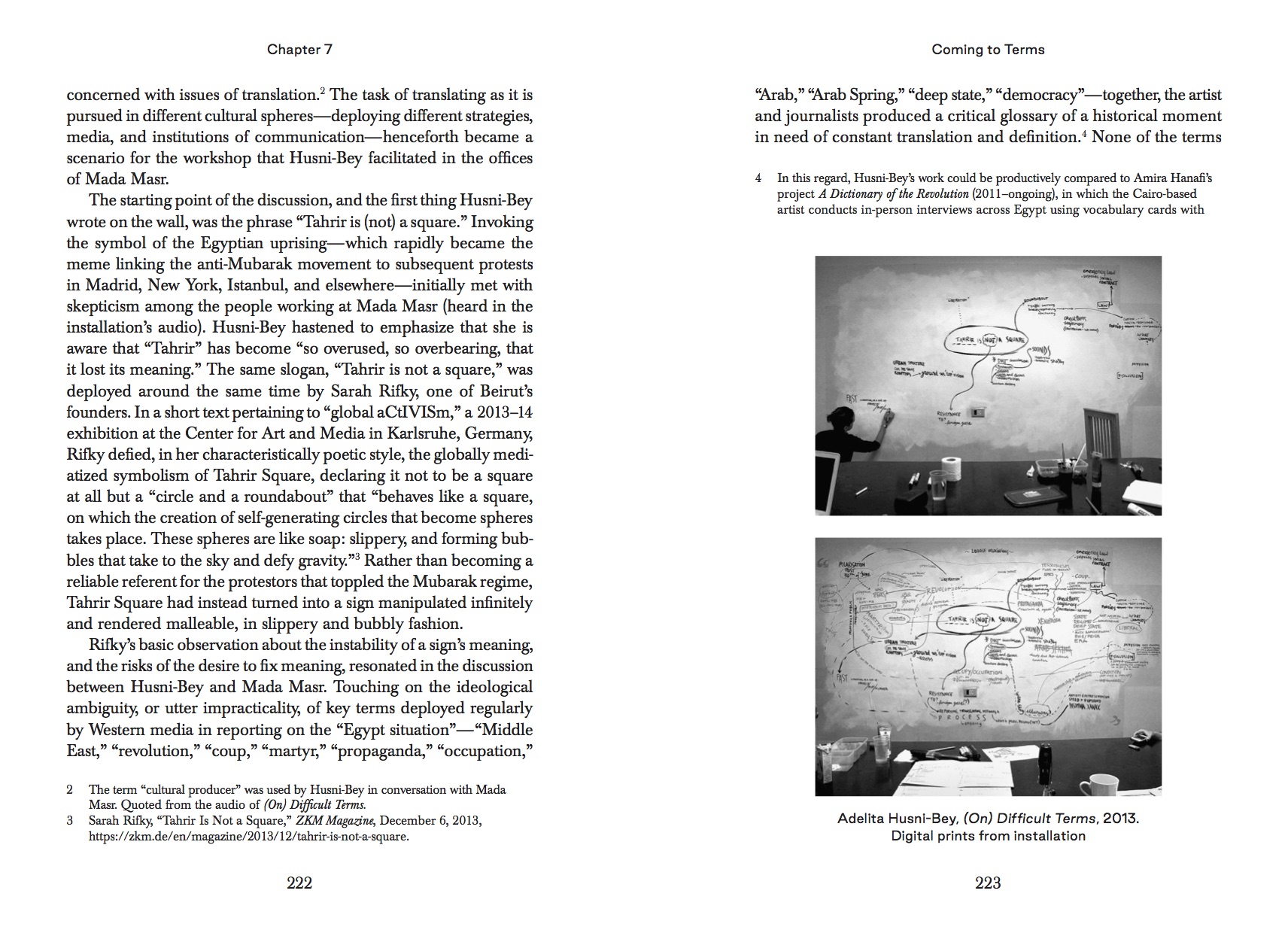
“Knowledge Beside Itself provides valuable orientation amid critical debates on contemporary art’s intimate relation to knowledge, attending to (post-)avant-garde practices that diverge from academic normalization and the commodity form by advancing a democratic epistemic culture. Carefully drawing on concrete and meaningful examples, Tom Holert charts today’s relevant relations between practice and theory, art and politics, aesthetics and ethics.”
— Sabeth Buchmann, professor of modern and postmodern art, Academy of Fine Arts Vienna
“At a moment in which the ‘research’ emanating from creative practices is poised to effect a sea change in how we know, Knowledge Beside Itself emerges as a hugely significant contribution to recognizing the conviction and power carried by creative, practicedriven research. Grounding these practices in genealogies of ontological thought and critical theory, mapping their development as artistic practices, and pointing to their broad reach in the world, Tom Holert argues for that which is irreducible to categorization but has the capacity to reinvigorate.”
— Irit Rogoff, professor of visual cultures, Goldsmiths, University of London
“In this book, Tom Holert has
done the difficult job of precisely formulating the question that touches a core of art’s posture today. Through eight poignantly themed chapters, he takes us through the elusive avenues that constitute art’s now rarely contested claim to knowledge production, slowly carving out their figures, forms, and rhythms, leaving us with a nagging doubt; not the kind of doubt that incapacitates us, but the kind that gets us thinking and moving further.”
— Iman Issa, artist
